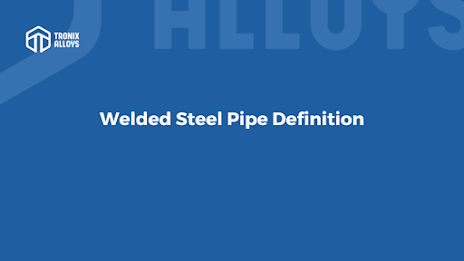Seamless Vs Welded Stainless Steel tube
In the manufacturing and fabrication industry, stainless steel tubing is one of the most versatile metal alloy materials available. It is important to note that there are two types of tubing that are commonly used: seamless and welded. The decision as to whether welded tubing should be used or seamless tubing should be used mainly depends on the application requirements of the product. Keep in mind that in order to choose between the two, you should keep in mind that firstly, the tubing must meet the specifications of the project. Secondly, the tubing must be able to withstand the conditions in which the tubing is ultimately going to be used.
Tubing vs Piping
In spite of the fact that the words tube and pipe are often used interchangeably, largely due to the fact that both are hollow-shaped, there are a number of important differences between the two when determining whether welded tubing is preferable to seamless tubing. As a general rule, tubes are measured by the outside diameter (OD) and the thickness of the wall. Pipes, on the other hand, are measured by their inside diameter (ID) rather than their outside diameter (OD). The purpose of tubing is usually to provide structural and aesthetic reinforcement of a structure, whereas the purpose of piping is to transport fluids, liquids, and gases within a space.
Seamless Tubing Manufacturing
It is the first step in the making of seamless tubing that a seamless pipe is formed, which is called a hollow/mother tube in the industry. After being formed from solid round stock, the billet is first drilled through with a drill bit, then it is heated, then it is forced through a narrow die. As the hollow tube is formed, a rod known as a mandrel is used to support its center during the process of forming it. It is then put through a Pilger mill so that the mother tube can be cleaned. During the operation of this machine, the tube is elongated and reduced to the required size by using a pair of rolling dies and a second mandrel.
As a result of this process, it is possible to reduce the cross-section of the tube by as much as 90% in a single step. It is important to note that pilfering is not recommended for tubing with smaller diameters.
There is no better option than drawing for small-diameter tubing. A crimping die is used to create a crimp on one end of the mother tube that will allow it to be grasped, after which it is pushed through a narrowing die. It is through this process that the tube is narrowed and elongated.
As a result of this process, it may be necessary to repeat it several times in order to achieve the size reduction you desire.
For more information visit
https://tronixalloys.com/3193-2/
#tronix #tronixalloys #steelexporter #supplier #welded #stainlesssteel #tube #seamlesstubing #metal #alloy




Comments
Post a Comment